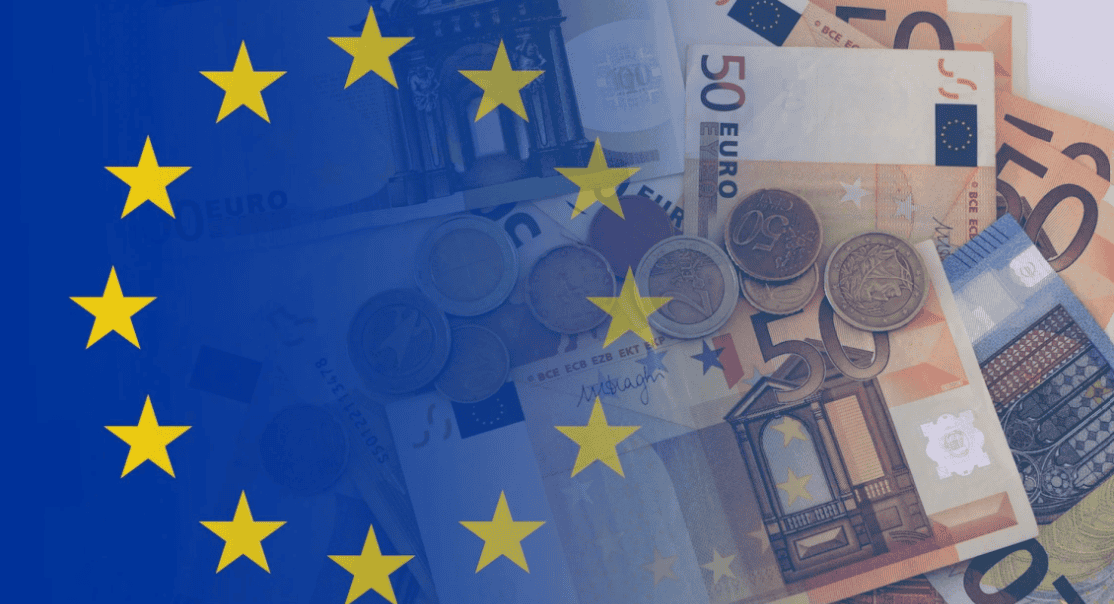A large share of EU firms experienced supply chain disruptions in recent years. This column shares highlights from the 2024 European Investment Bank report on how to enhance the security and resilience of EU supply chains without sacrificing the benefits of the global production model. The EU internal market appears to work as a buffer against external shocks by fostering diversification and resilience. Innovative, digital, and well-managed firms, capable of promptly diversifying their inputs, stocks, or digital assets, are better equipped to respond to trade disruptions.
The past few years have been a true test of the efficiency and resilience of global supply chains. The pandemic, shortages of key strategic inputs, rising shipping costs, distressed maritime routes, and geopolitical tensions have all significantly impacted the production capabilities of EU firms and their supply chains. They have disrupted EU firms’ supply chains and exposed their dependency on foreign imports (Lebastard et al. 2023, Arjona et al. 2023). With rising geopolitical risks, the pressing question is how to enhance the security and resilience of EU supply chains without sacrificing the benefits of the global production model. These are some of the key aspects analysed in a recent report published by the European Investment Bank (EIB) in cooperation with the European Commission – DG GROW (EIB and European Commission 2024).
The debate
The 2024 Draghi Report opened the door to the possibility of a new EU industrial strategy aimed at enhancing the capacity of EU firms to stay at the forefront of innovation while building efficient, resilient, and sustainable value chains. In particular, the report called for the development of a new Clean Industrial Deal for competitive industries and quality jobs, which will be presented within the first 100 days of the new Commission mandate. This approach is crucial for maintaining the EU’s competitiveness in global markets.
At the same time, firms’ investments in resilience can come at a cost, which is often passed on to final consumers. Firms may also overinvest or underinvest in supply chain resilience due to incorrect expectations about their pricing power. Geopolitical uncertainties and sudden shifts can further complicate firms’ ability to optimise their diversification strategies. But policy support can make a strong difference in helping firms address supply chain disruptions and reduce vulnerabilities (Grossman et al. 2023).
The shift towards slowbalisation and regionalisation
Global trade growth has stabilised over the past decade (Figure 1). Since the beginning of the 90s, globalisation has been driven by trade liberalisation, the ICT revolution that decreased communication costs, and the expansion of offshoring of manufacturing to a few emerging economies, especially China (Baldwin 2022a,b,c,d). Europe has reaped the benefits of global production networks, with both intra-EU and extra-EU trade expanding significantly over the past two decades (Figure 2). Over the past decade, the EU has also substantially boosted its trade in goods and services as a share of its GDP, while international players such as China and the US have seen their share decline.


Interestingly, since 2010, Europe has increased its import dependency on China, while the US has become a more important destination for EU exports (Figure 3a). Meanwhile, the US has decreased its import dependency on China while increasing imports from other countries such as the EU, Mexico, and Vietnam (Figure 3b). This follows higher US tariffs on specific products and trading partners, including China (Fajgelbaum et al. 2020, Alfaro and Chor 2023).
Europe stands to lose from the disintegration of the global production model. Recent experiences underscore the importance of investing in resilience and economic security. Striking the right balance between efficiency in production and resilience is crucial.


Note: Exports and imports are shown for six major trading partners for 2010, 2014, 2018, and 2022 for the EU (left) and the US (right). Only trade in goods of SITC 10 to 89 are considered, excluding gas and petroleum trade (SITC 33, 34).
Source: EIB calculations based on Eurostat (Comext) and Census Bureau data.
EU firms’ responses to shocks
A unique new survey of EU importers reveals firms’ varying capacity to respond to supply chain shocks. A large share of EU firms experienced supply chain disruptions in recent years: 37% of EU firms report that, since 2022, access to raw materials is a major obstacle to business activities, while 34% are affected by disruptions in logistics and transport (Figure 4). Access to semiconductors and other components is also a major source of disruption. EU firms that import from outside the EU, and in particular from China, face more significant challenges in logistics, access to raw materials, and even tariff increases, while firms relying on intra-EU imports are less affected. For example, 44% of EU firms importing from China consider disruptions of logistics and transport to be a major obstacle, compared to 22% of firms that only import from within the EU. The EU internal market thus seems to work as a buffer against external shocks by fostering diversification and resilience.
Figure 4 Major trade disruptions for EU firms (share of firms, %)


Note: Firms are weighted by value added.
Source: EIB calculations based on the SUCH survey using the EIBIS sample of wave 2023.
Firms have swiftly responded to trade disruptions by increasing stocks and inventories, investing in digital tracking systems, and diversifying their supply chains (Figure 5). Notably, firms with dependencies on China are the most active in diversifying, highlighting the importance of the China+1 strategy. Only a small share of firms have decided to reduce imports in light of the trade disruptions. Curbing vulnerabilities and import dependencies through diversification can act as a buffer against external shocks. Cross-country diversification can also help dampen macroeconomic volatility at the country level (Baldwin and Freeman 2022).
Figure 5 Responses to trade disruptions, by origin of import partners (share of firms, %)


Note: Firms are weighted by value added. A firm is defined as an extra-EU trader if it cites a non-EU or non-EFTA country as its most important import trade partner.
Source: EIB calculations based on SUCH survey wave 2023.
Innovative, digital, and well-managed firms, capable of promptly diversifying their inputs, stocks or digital assets, are better equipped to respond to trade disruptions. These firms are more likely to optimise their supply chains by investing in digital tracking, diversification, and increasing inventory, while only a very small share is retrenching (Figure 6a). By proactively addressing challenges, they mitigate the impact of disruptions and position themselves for resilience. These firms recognise the importance of maintaining buffer inventory stocks and creating a safety net against supply chain disruptions. Their focus on efficient inventory management ensures that they can meet demand even when faced with challenges.
Conversely, while finance-constrained firms are more likely to experience trade disruptions, they are not more likely to take remedial actions, hinting at resource constraints preventing the necessary risk-adjustment measures. Policy support, such as grants, significantly enhances firms’ capacity to respond to shocks (Figure 6b).


Note: The first bar in the figure shows the estimated coefficient on innovation status in an OLS regression where the dependent variable is a response to trade disruptions (for example, increasing stock and inventory). The regressions are estimated separately for each response to trade disruption. Similar regressions are estimated with digital status, the use of management practices, finance constrained, or the use of grants as the main explanatory variable. The regressions control for trade obstacles, firm size, trade status, country, and sector. Confidence intervals at 10% significance level.
Source: EIB estimates based on EIBIS and SUCH surveys, wave 2023.
Policy implications
It is remarkable that EU firms have enhanced the resilience of their supply chains rather than retrenching in response to trade shocks. Innovation, digitalisation, better management, and a sound financial situation not only make firms stronger but also help them react effectively to supply chain disruptions. Indeed, the same factors that strengthen the competitiveness of EU firms also support their resilience to shocks.
However, as geopolitical risks increase, so does global uncertainty. Policy should aim to strike the right balance, allowing EU firms to continue benefiting from global production networks while reducing import dependencies and strengthening economic security. Support for investment in innovation and digitalisation is crucial to bolster resilience. Targeted support and focused strategies beyond EU borders, aligned with shared economic security interests, will also become increasingly relevant. The EU single market offers significant opportunities for EU firms, serving as a source of resilience for value chains and offering substantial upside potential.
Source : VOXeu



































































